LIFT YOUR MOOD WITH
POWER FOODS
MORE THAN 150 HEALTHY FOODS AND RECIPES TO CHANGE THE WAY YOU THINK AND FEEL
NUTRITIONAL CONSULTANT
CHRISTINE BAILEY
CONTENTS
INTRODUCTION
We all want to feel happy, alert, motivated and full of vitality. Yet in reality many of us find ourselves struggling daily with low mood, depression, anxiety, lack of energy, and poor focus and concentration. In addition, with an increasing number of people being diagnosed with dementia and Alzheimers, many are concerned about mental declinefrom misplacing items and bouts of occasional forgetfulness to lapses in concentration and loss of mental agility.
Yet it is possible to feel positive and promote optimal brain health even as we age. And we can achieve this not through pick-me-ups such as caffeine or alcohol, but through a lifestyle and diet that supports an optimal balance of key brain messengers. The information in this book will show you how to keep these messengers (known as neurotransmitters, or NTs) in the right balance through food and nutrition. It will enable you to promote optimal brain health, reduce the risk of mental decline and keep you sharp and alert. While genes may play their part, we all have the capacity to alter our current state of well-beingboth physical and mentalthrough dietary and lifestyle changes. Some of these, such as cutting out caffeine, alcohol or sugary snacks, may feel tough at firstwe often use these treats as milestones in our busy days, but if you are looking to improve your health, you will need to make some changes. Collapsing on the sofa with a glass of wine after coming home from work and/or getting the children to bed can be a hard habit to break. However, when temptation strikes, remind yourself that the sooner you start implementing healthy changes, the sooner you will experience positive thinking, improved mood and increased energy.
This book is aimed at anyone who finds themselves constantly tired, unmotivated, low in mood, anxious, stressed, or suffering from poor sleep or reduced cognitive function. , Moods Many Guises, gives practical nutritional solutions designed to alleviate various mood-related conditions.
In , Feel-Good Food, youll find clear guidelines on key foods to include in your diet as well as a wide selection of simple, quick and healthy recipes to use every day. All the recipes feature ingredients that are widely available in supermarkets or health-food stores and they provide a range of nutritional benefits. Remember, however, that optimal brain health relies on lifestyle changes as well as dietary approaches, and exercise, rest and recovery are discussed in the final chapter, The Whole Picture.
OUR BRAIN MESSENGERS: NEUROTRANSMITTERS
How we think, feel and behave on a daily basis is intimately influenced by the balance of various chemical messengers (the neurotransmitters) in our brain. When this process is working optimally, our brain chemistry is said to be balanced and we respond appropriately and positively to the world around us.
For optimal brain health we need the correct synthesis of these brain chemicals as well as their effective transmission along neurons. Neurons are tiny nerve cells in the brain that send and receive messages. They are also mood control centers that influence our feelings as well as behaviors. Neurons connect to each other via threadlike branches known as dendrites. Our chemical messengers, the neurotransmitters, travel along these neurons and are transmitted between one neuron to the next at gaps known as synapses.
For successful transmission, a neuron produces the neurotransmitter, which is sent across a synapse and attaches to a receptor site on the receiving neuron. This in turn activates the receptor, allowing the chemical message to travel along the neuron until it reaches another synapse, creating the release of another neurotransmitter. So for optimal balanced brain health it is important that:
 the right level of neurotransmitters is maintained
the right level of neurotransmitters is maintained
 the neurotransmitters are able to travel effectively along neurons
the neurotransmitters are able to travel effectively along neurons
 the neurotransmitters can travel between neurons, across synapses
the neurotransmitters can travel between neurons, across synapses
 the neurotransmitters can attach to and activate the relevant receptors on the neurons membranes
the neurotransmitters can attach to and activate the relevant receptors on the neurons membranes
 the neurotransmitters are effectively removed when they have fulfilled their role
the neurotransmitters are effectively removed when they have fulfilled their role
All of these actions require the correct amount of certain nutrients to be in place.
UNDERSTANDING OUR KEY NEUROTRANSMITTERS
While there are actually hundreds of different neurotransmitters, there are some key ones found to influence how we think and feel:
Dopamine, adrenalin and noradrenalin: These are our feel-good neurotransmitters helping to keep us energized, motivated and stimulated.
Serotonin: Often described as the happy neurotransmitter. Serotonin is further metabolized to melatonin, an important antioxidant hormone that promotes sleep.
Gamma-aminobutyric acid (GABA): This quietens the brain, reducing anxiety and encouraging a sense of calm.
Acetylcholine: For memory, mental alertness and skeletal muscle function.
Endorphins: These work like opiate drugs, relieving pain and promoting euphoria.
Glutamate: Highly stimulatory and can lead to over-excitation.
Taurine: This helps promote GABA and thereby brings about calmness.
KEEPING IN BALANCE
Neurotransmitters are manufactured in the neurons from amino acids, which are the building blocks of protein. The following table lists the key amino acids each neurotransmitter needs, as well as highlighting signs and symptoms of typical imbalances. Too much or too little of one or more of these neurotransmitters will cause an imbalance in brain chemistry and potentially a range of signs or symptoms.
| NEUROTRANSMITTER | AMINO ACID BUILDING BLOCK | SIGNS OF IMBALANCES |
| Adrenalin and Noradrenalin | Phenylalanine Tyrosine | LOW LEVELS
|



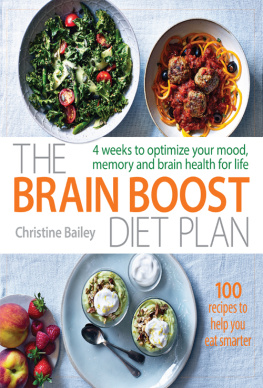

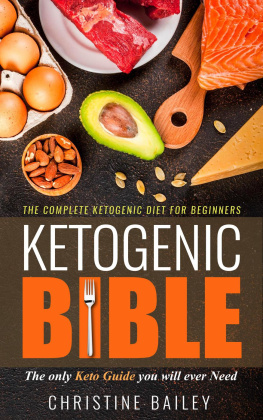


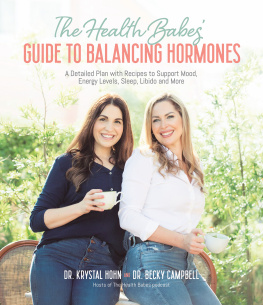
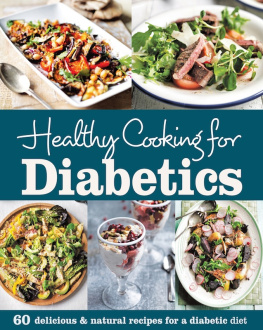

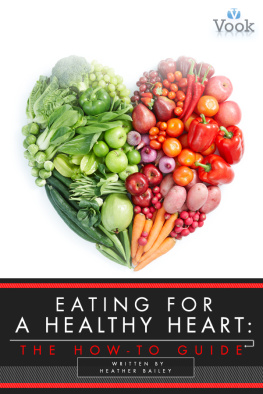


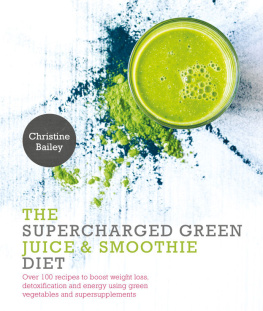
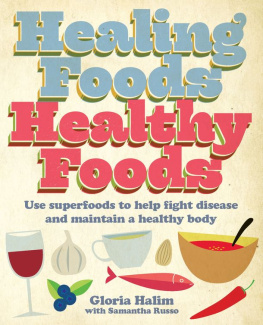







 the right level of neurotransmitters is maintained
the right level of neurotransmitters is maintained